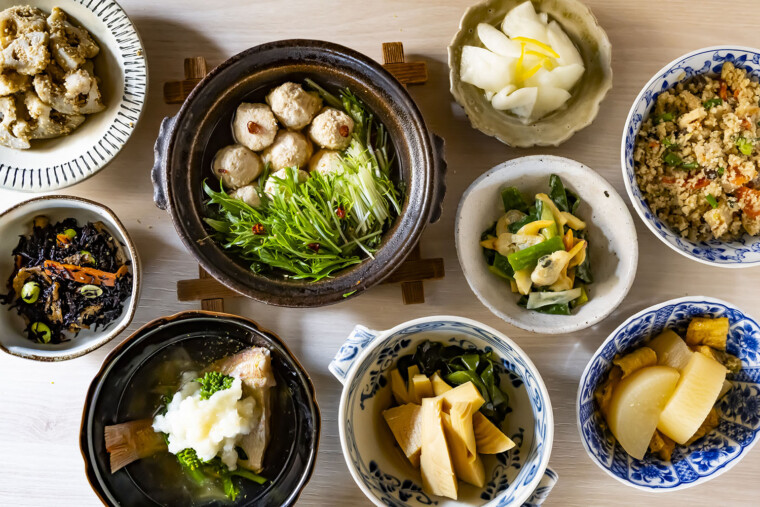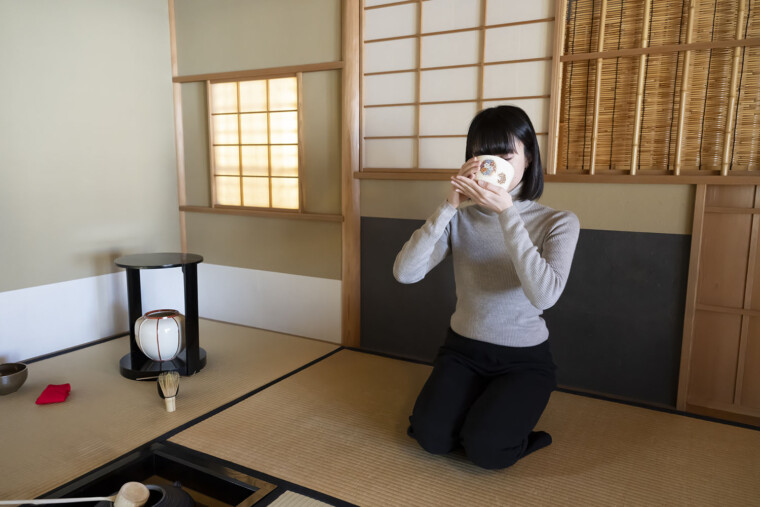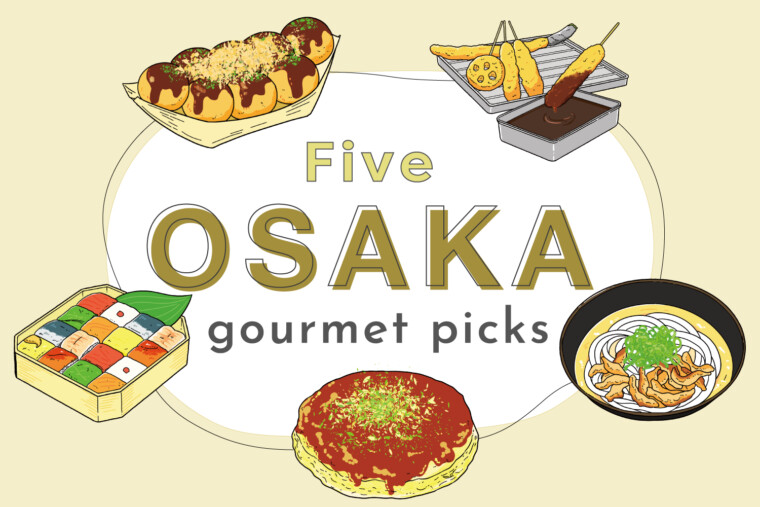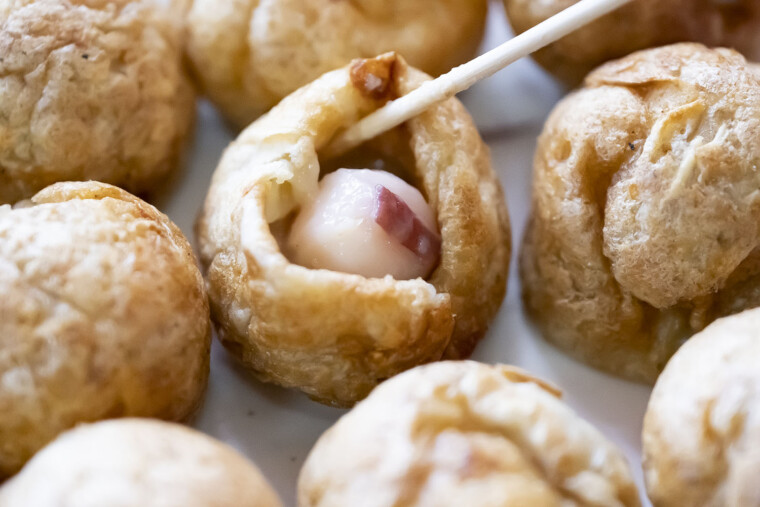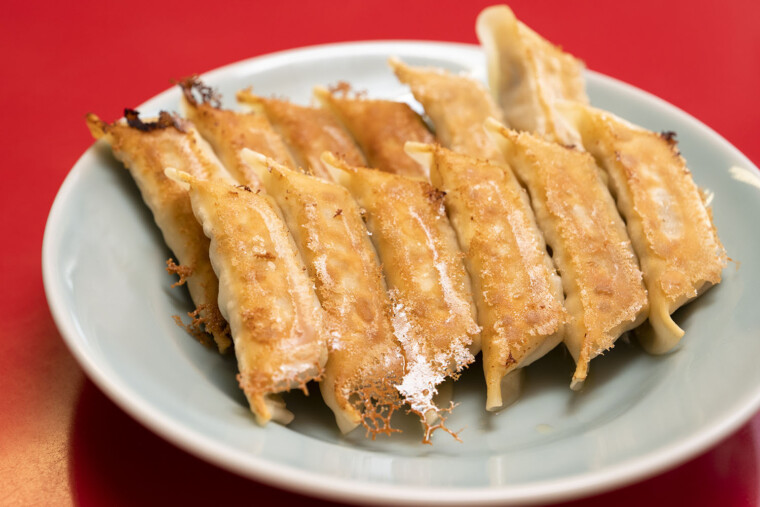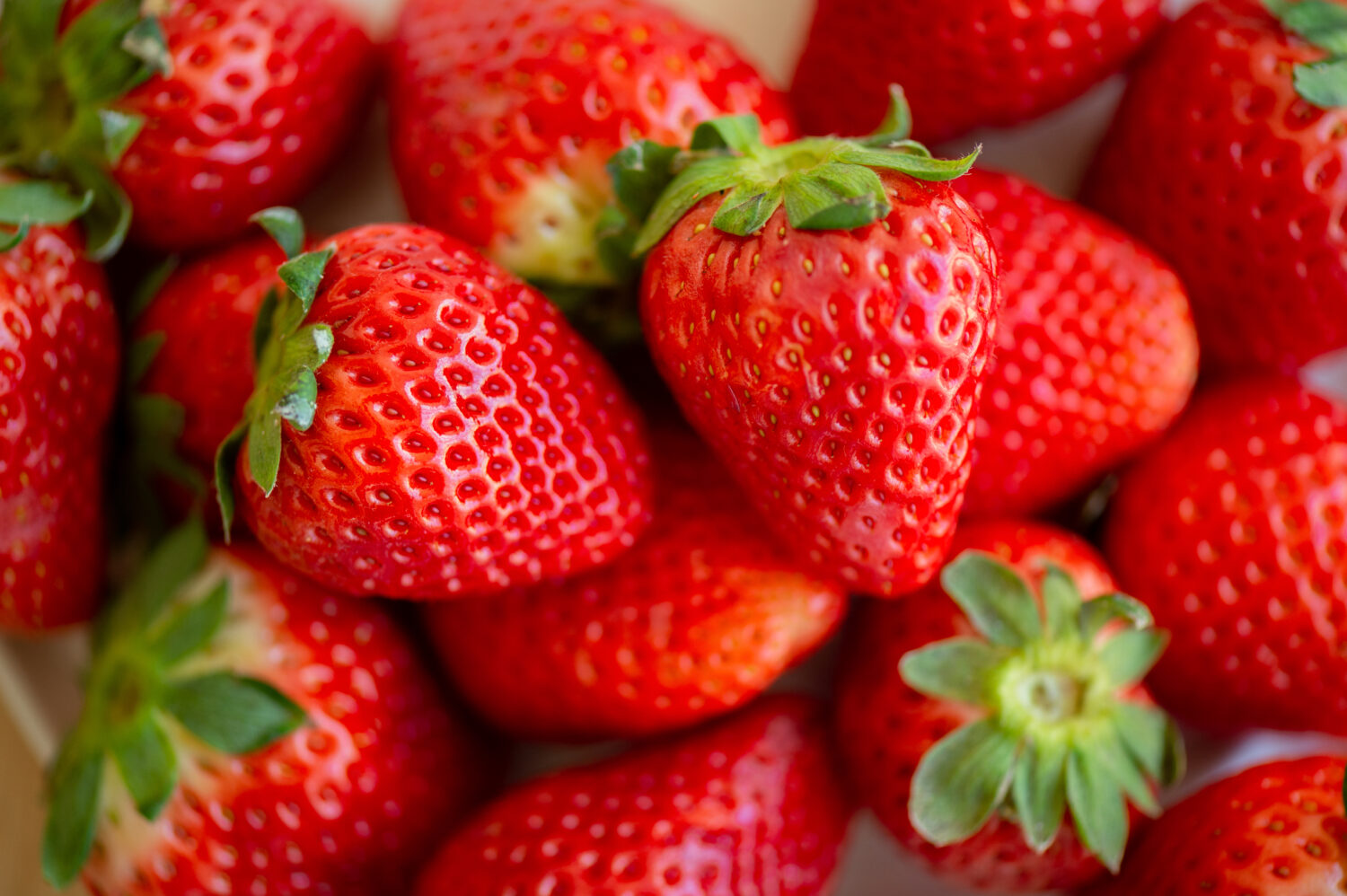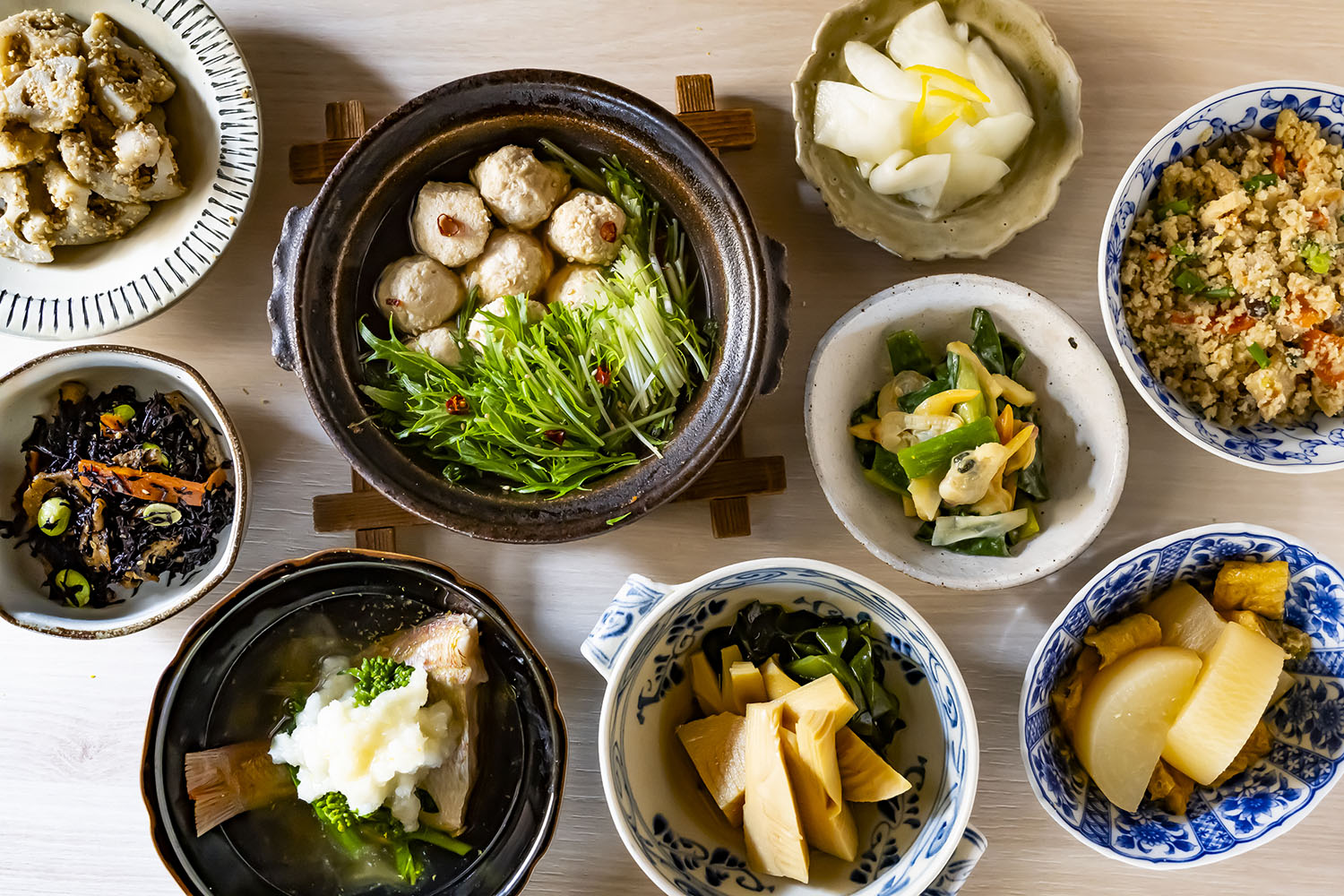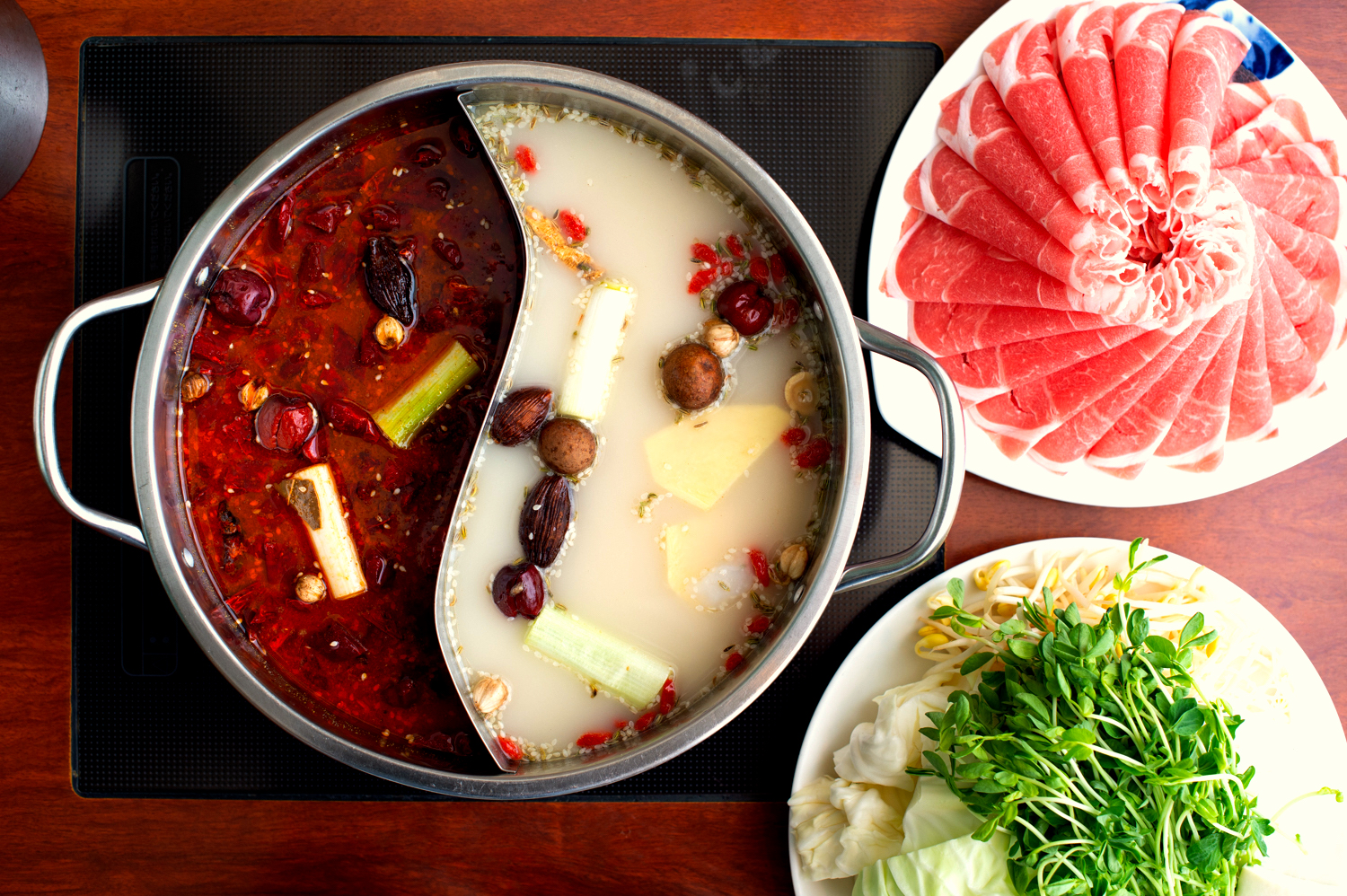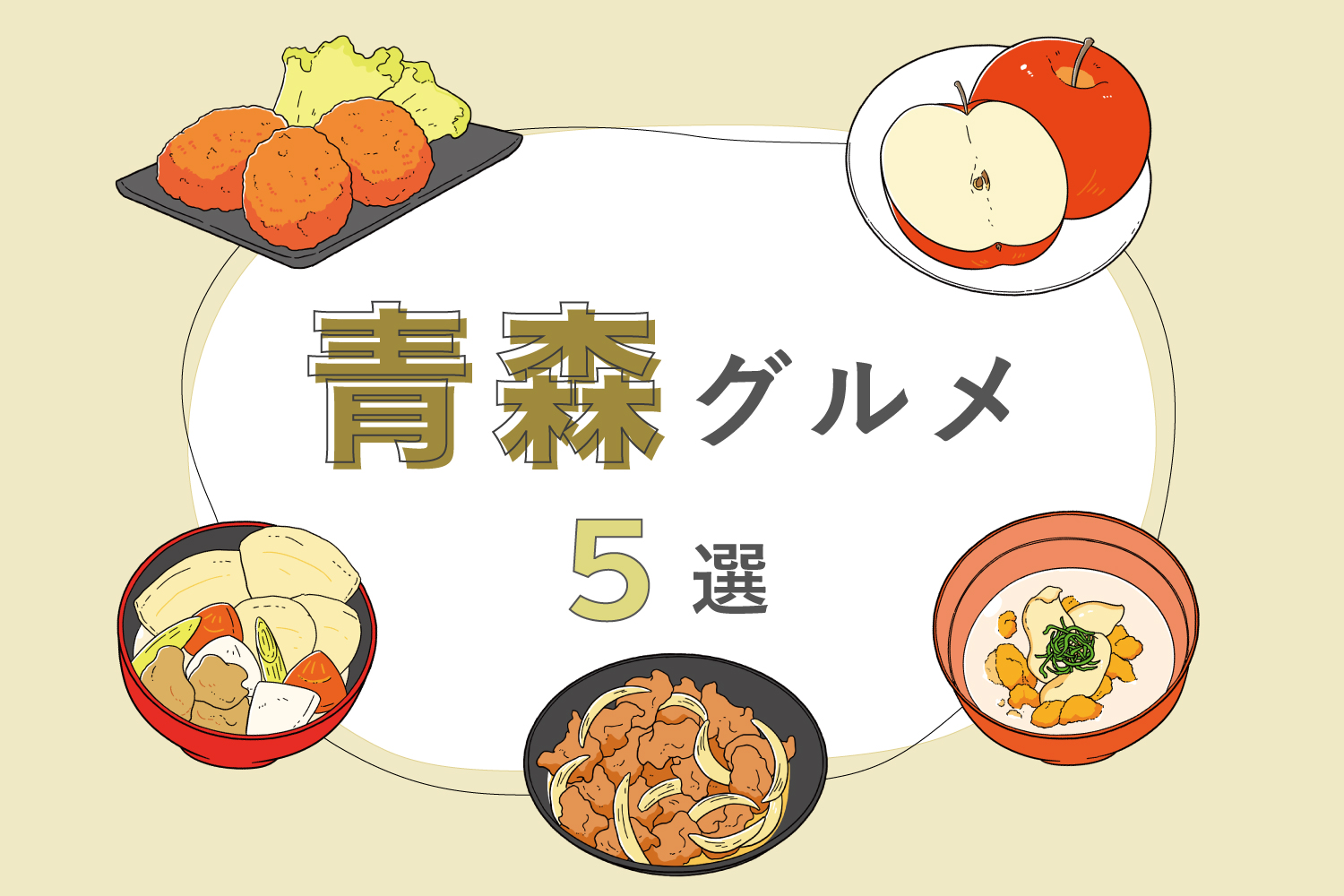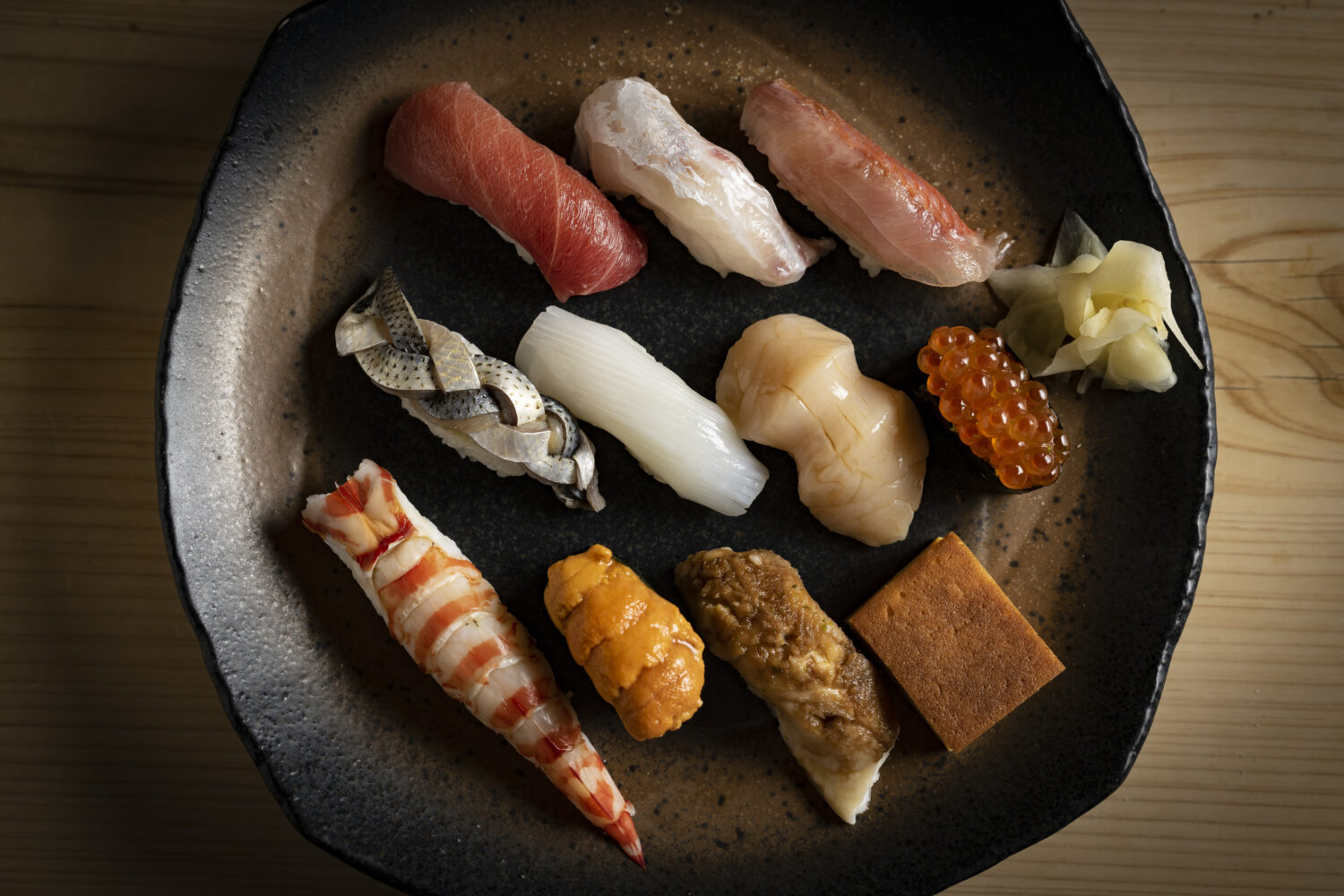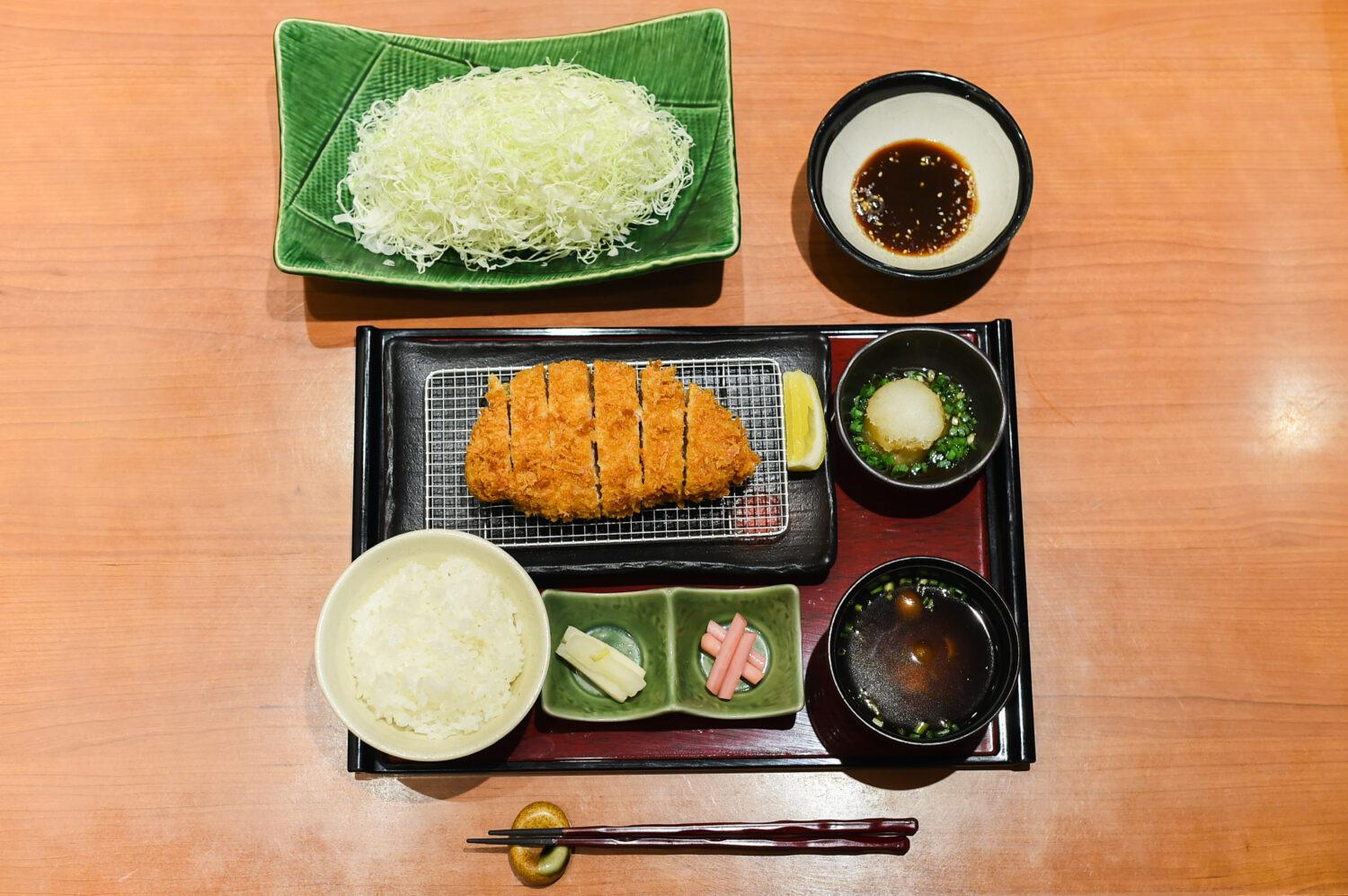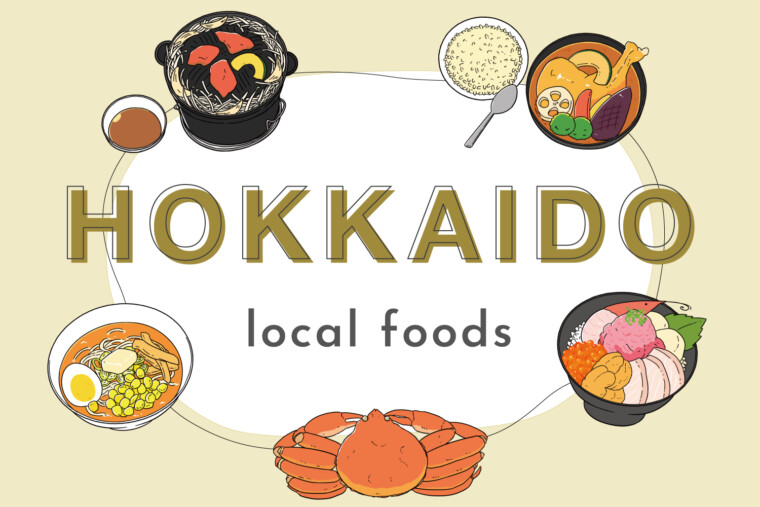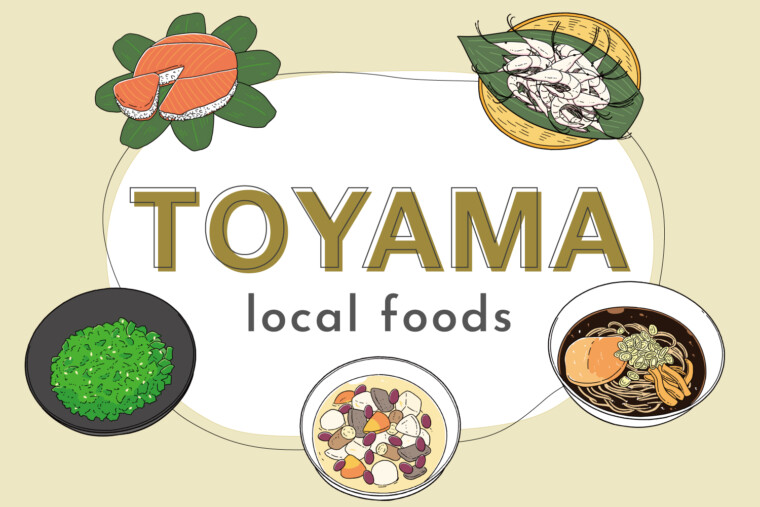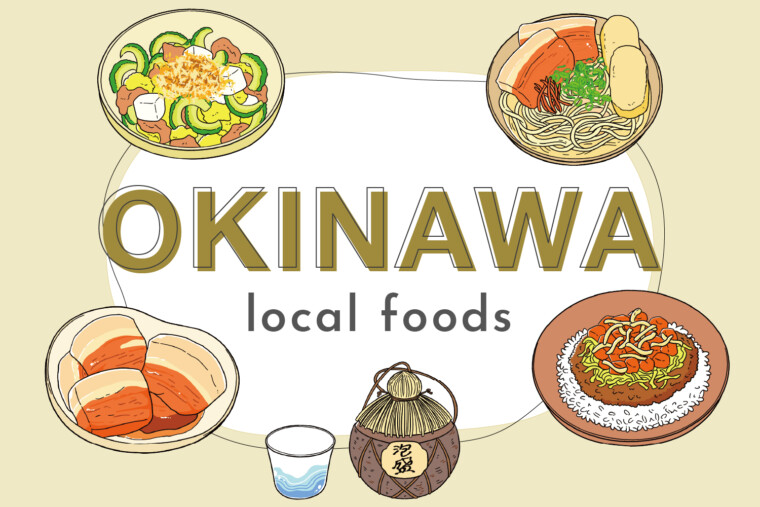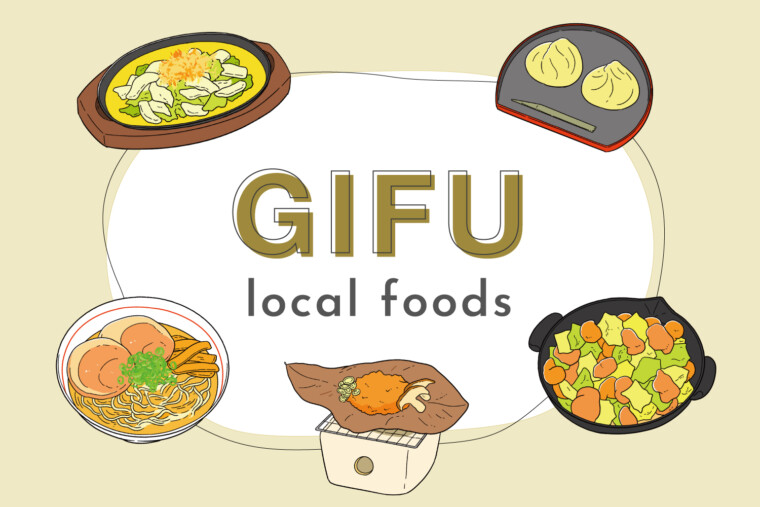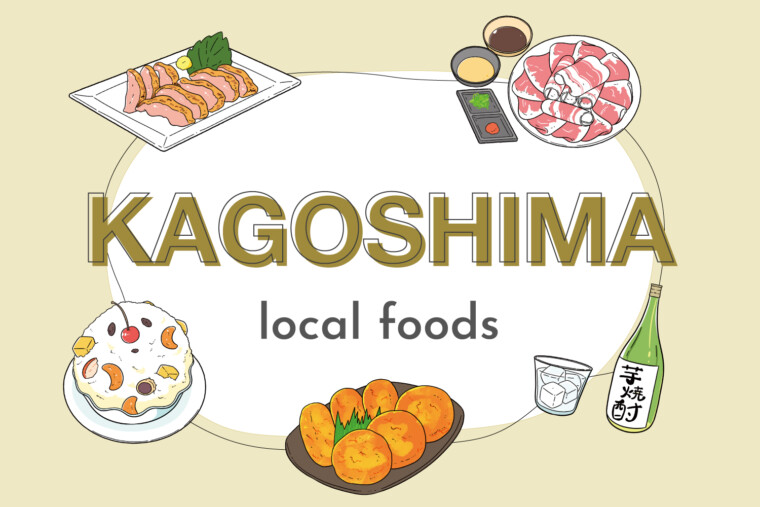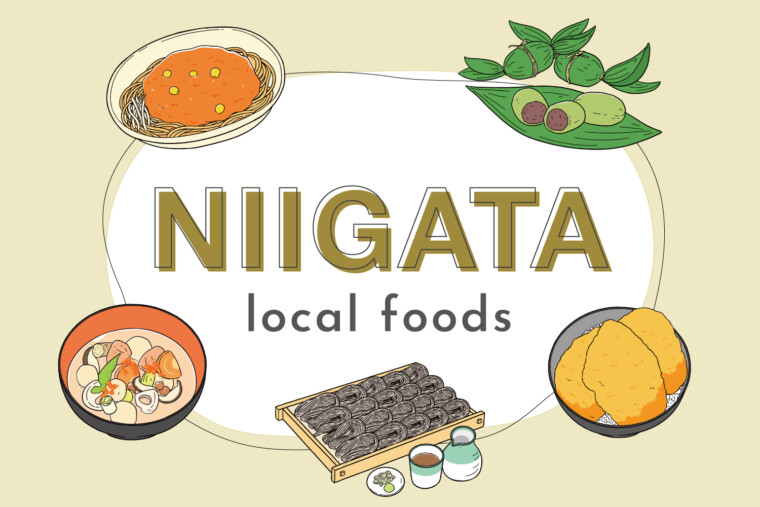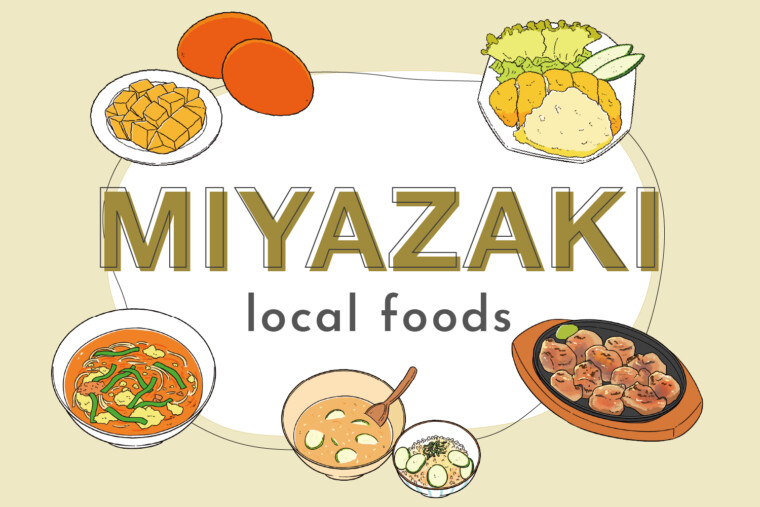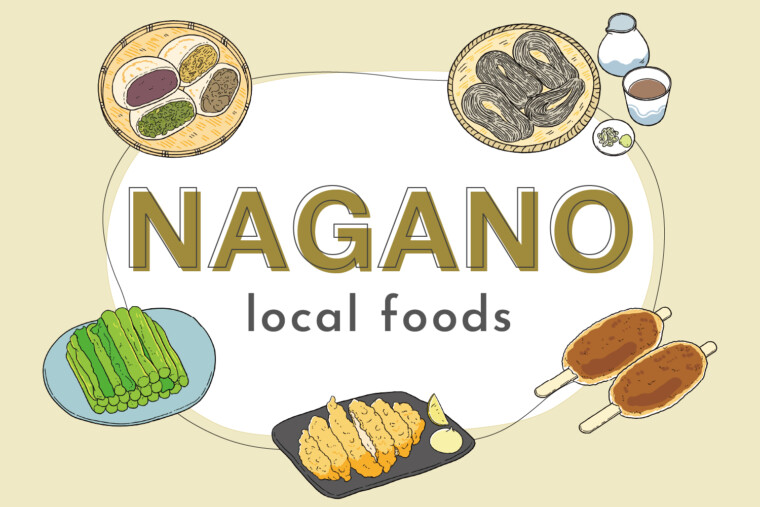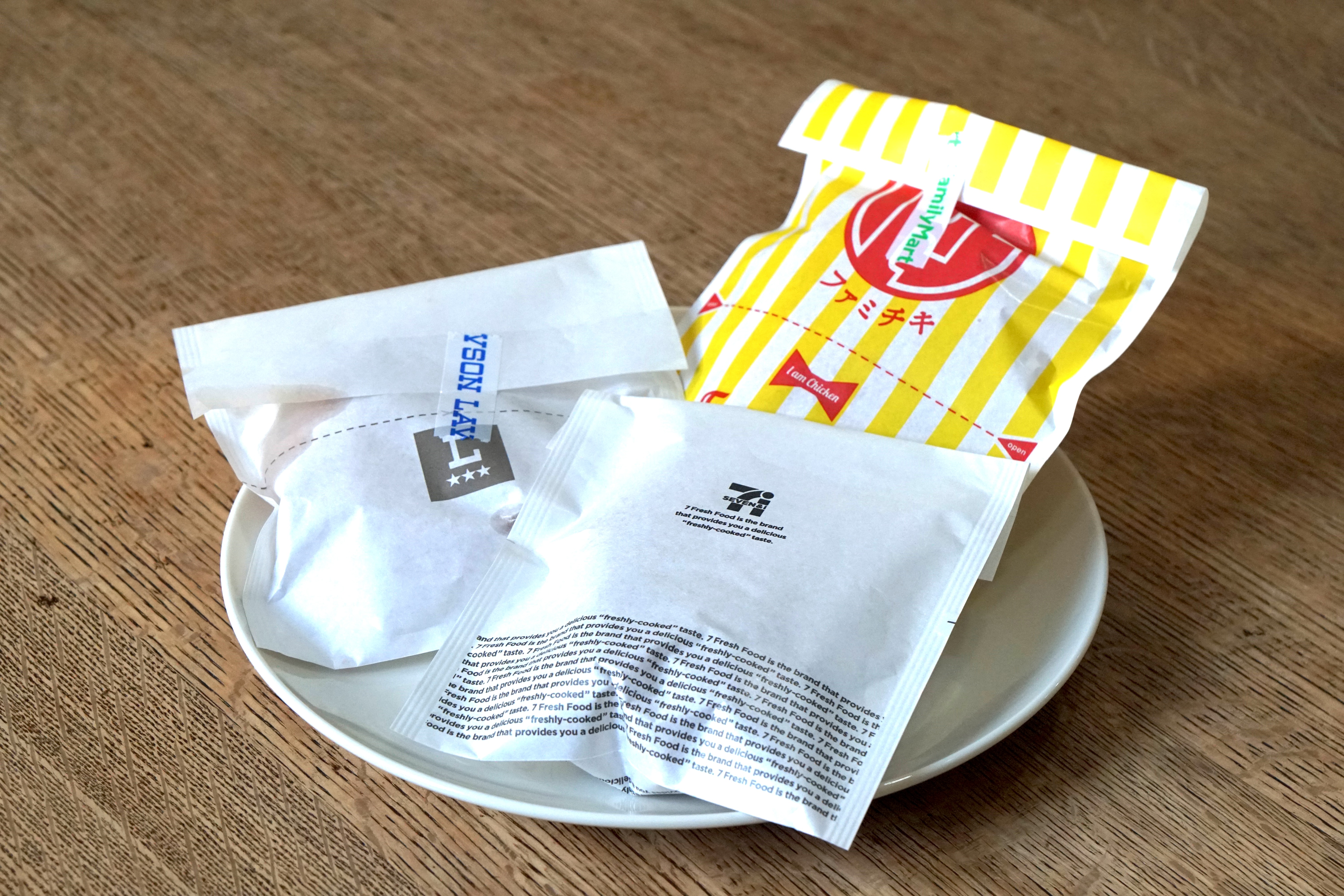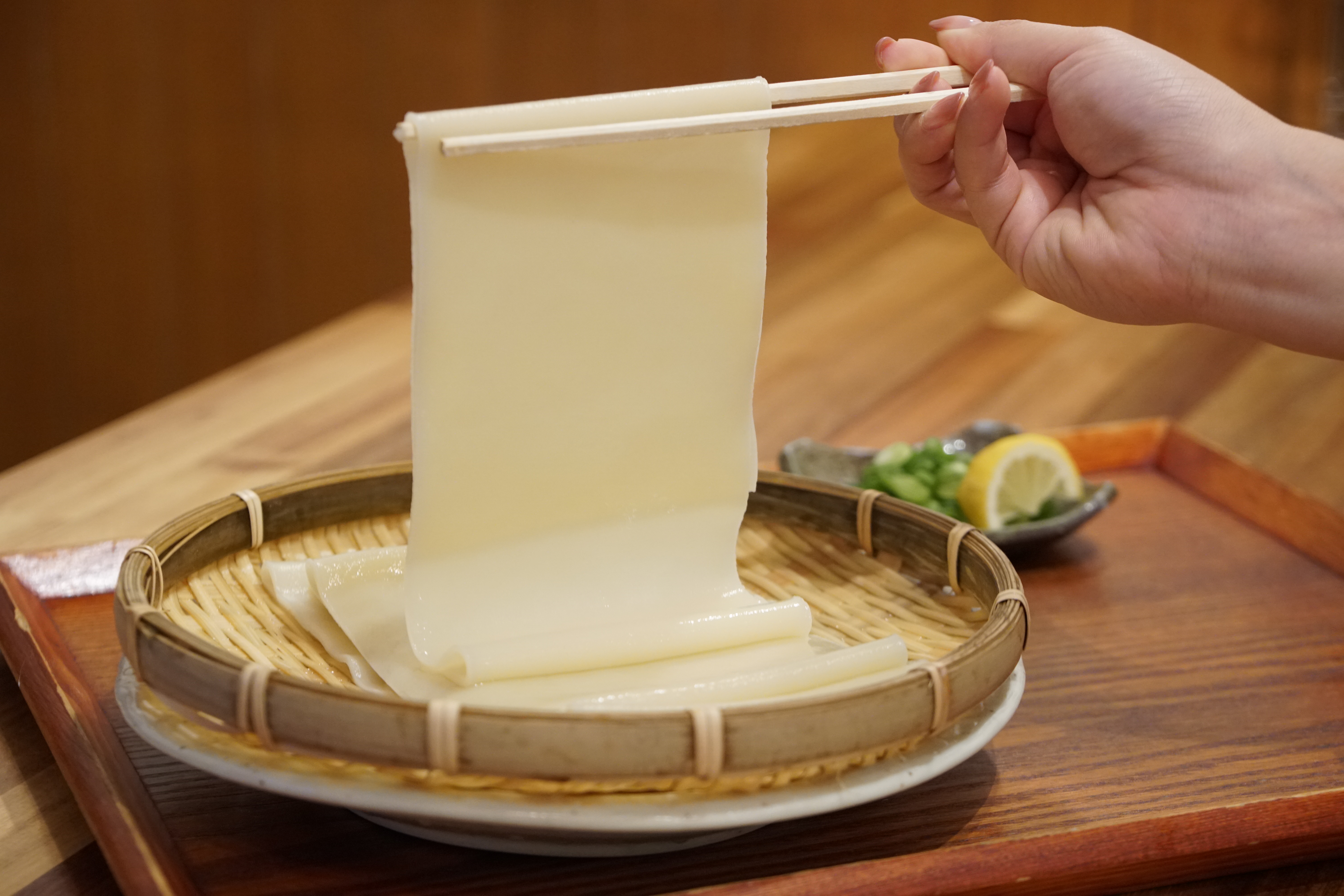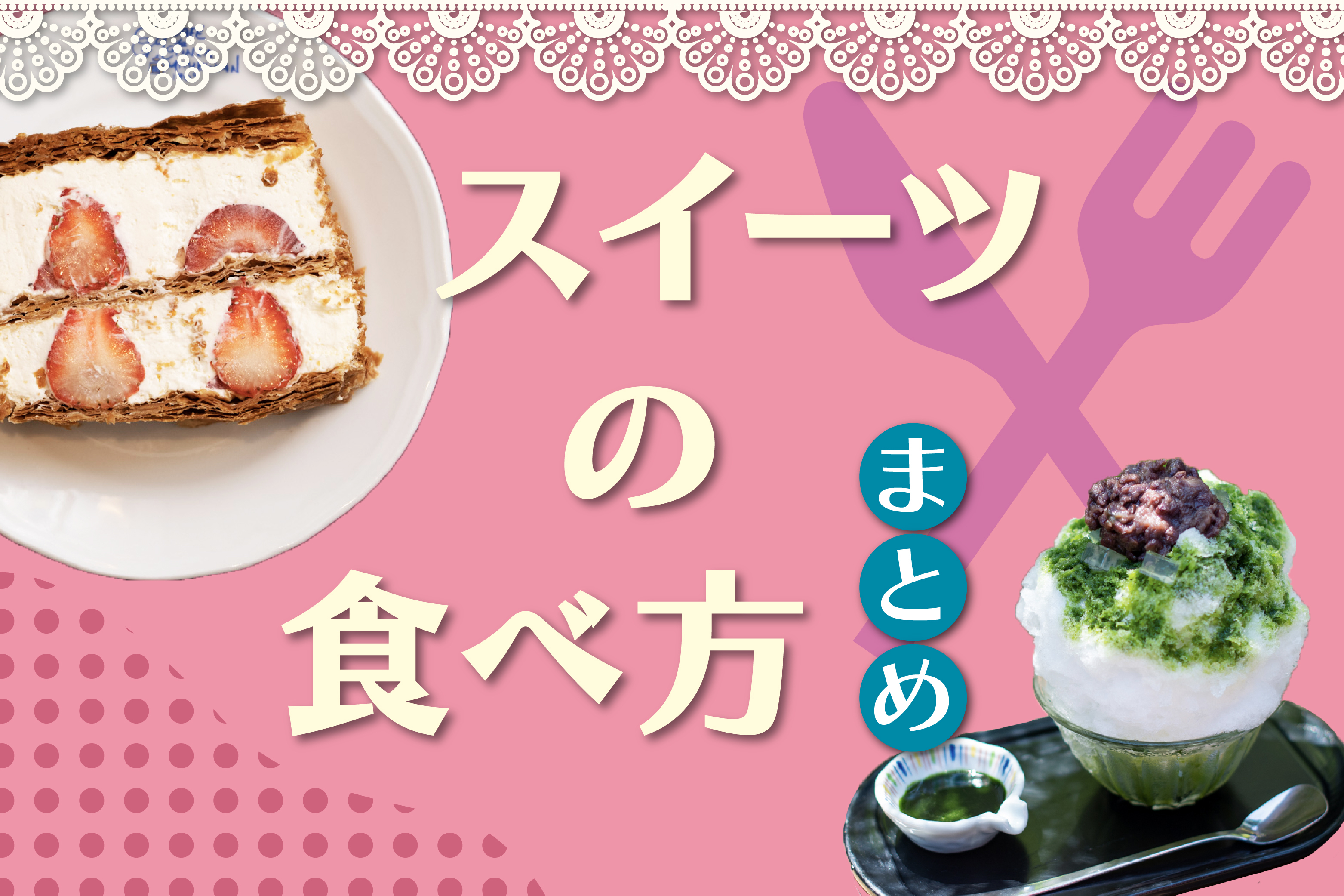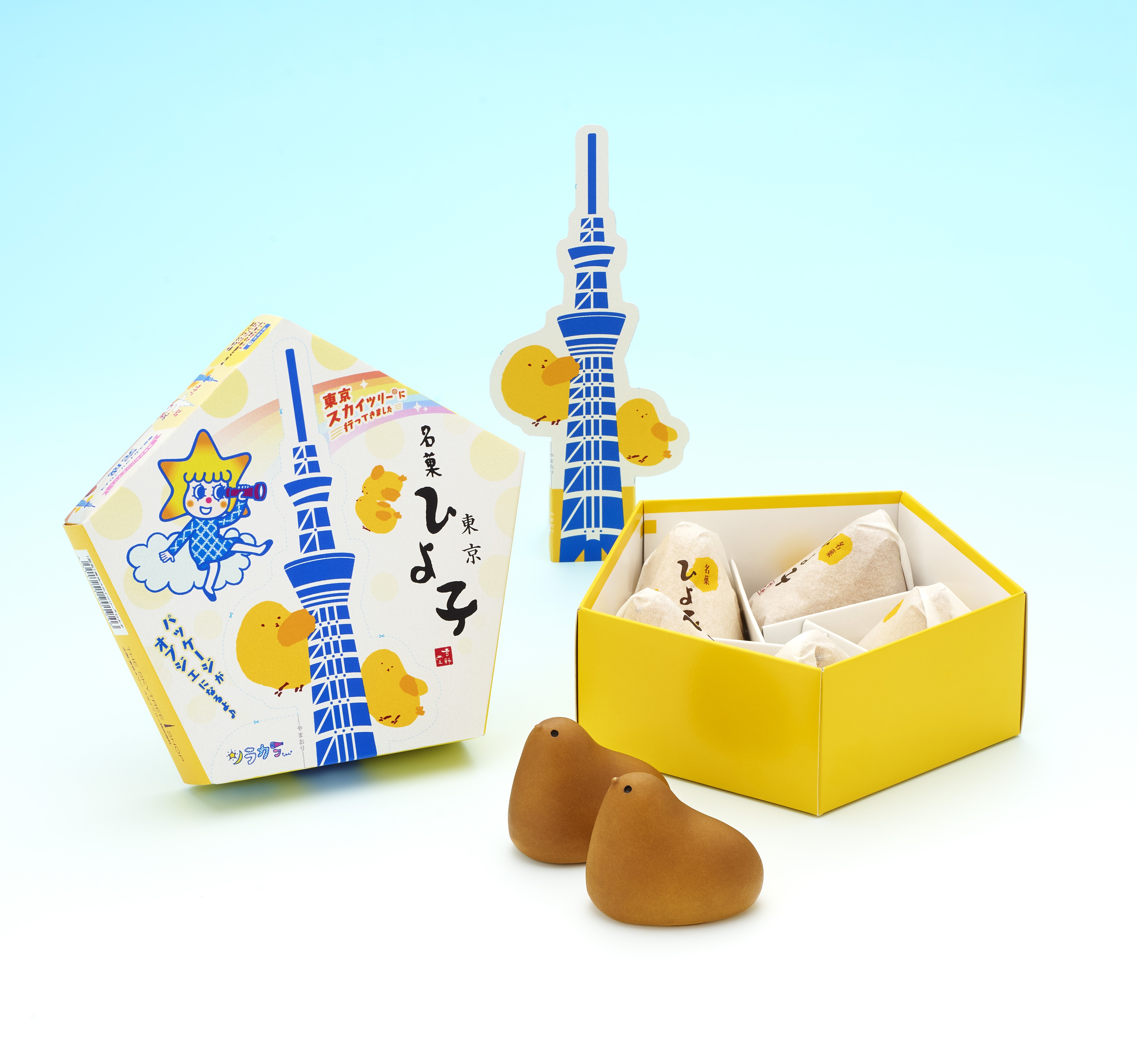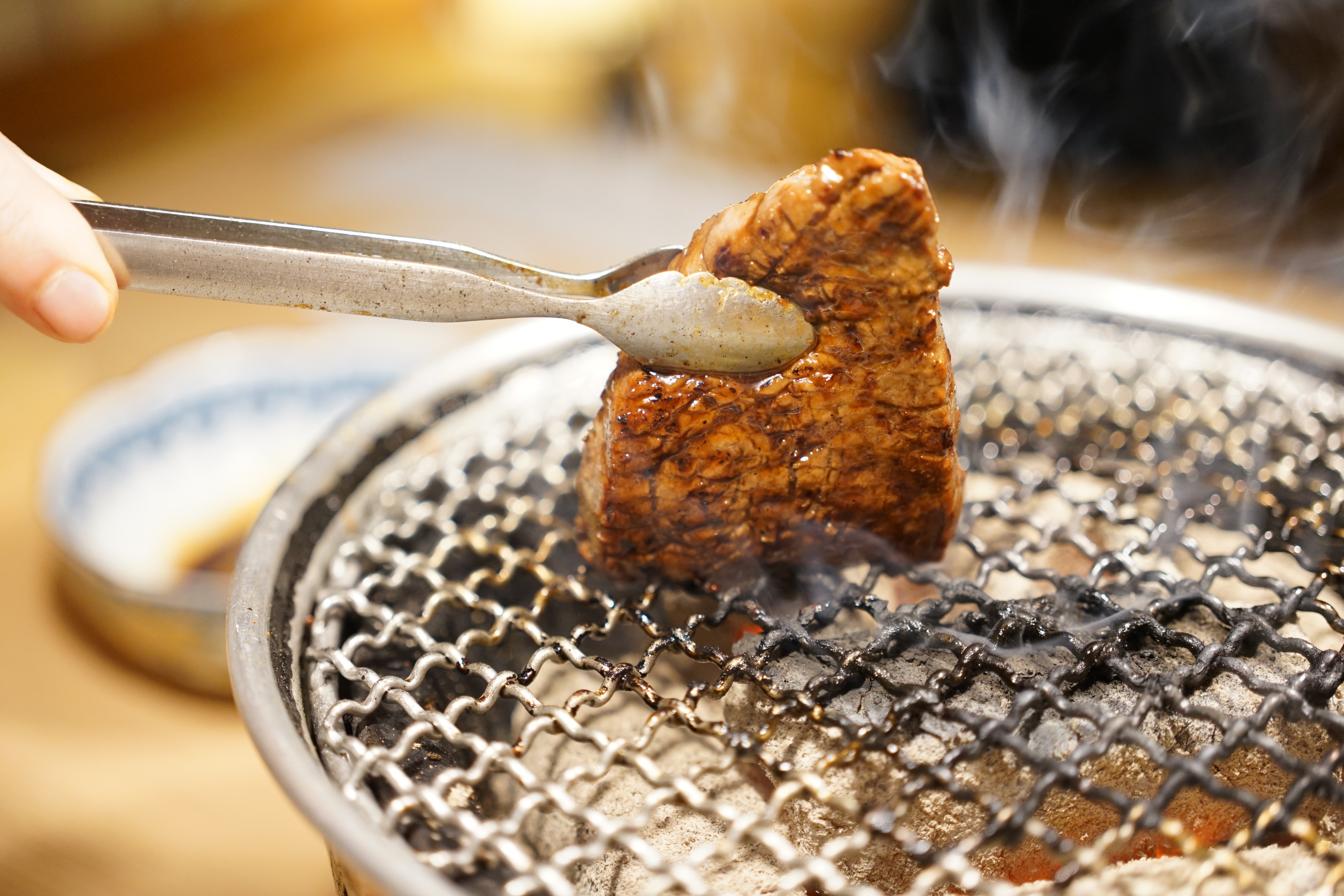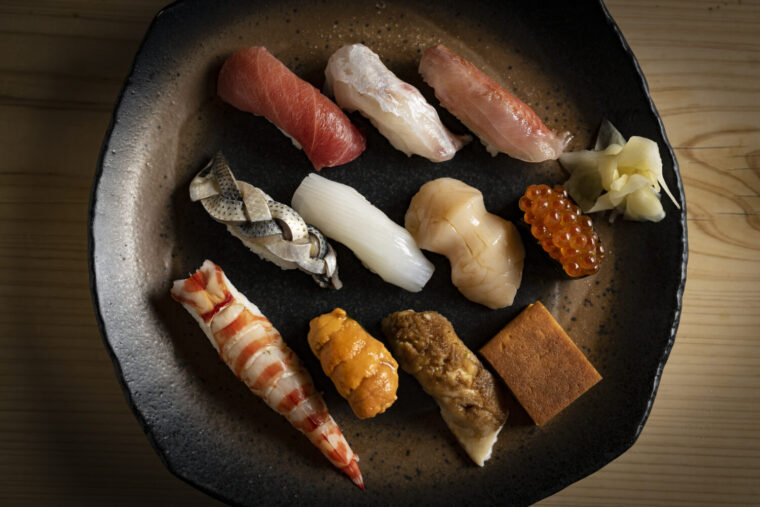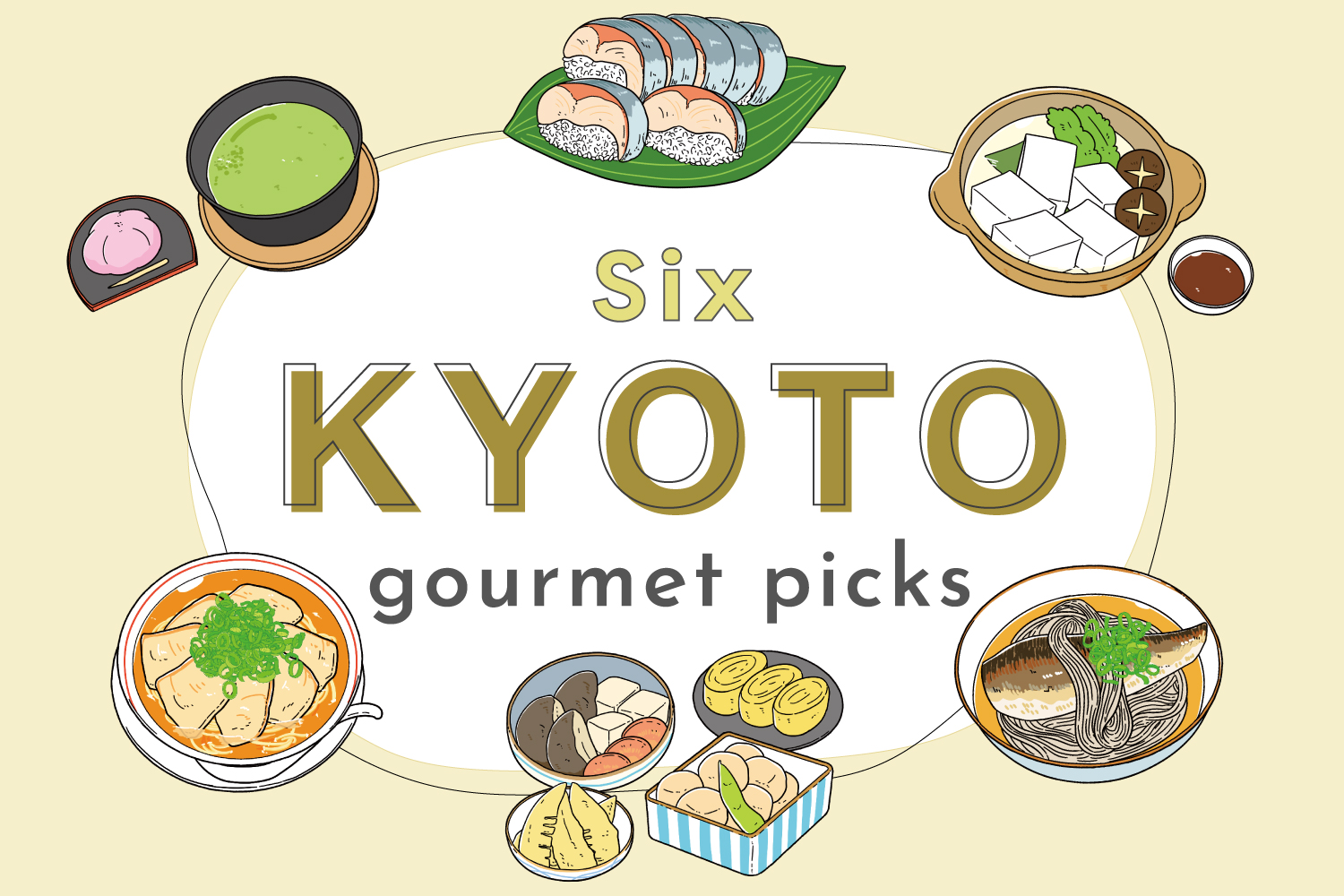
6 Local foods in KYOTO | Obanzai, Sabazushi, Nishin soba, Yudofu, Matcha, and Kyoto ramen
Kyoto was the capital of Japan for over a thousand years. Over this extensive history, various cultures were established, and many of Japan’s most fascinating elements can be found in Kyoto today. Here, visitors can experience profound culinary culture from ancient times, such as Shojin cuisine and the art of the tea ceremony.
share:
Table of Contents
- 1 The taste of mother’s love “Obanzai”
- 2 Born from the wisdom of Kyoto people “Sabazushi”
- 3 Nutritional food in the Edo period “Nishin soba”
- 4 Bring out the best of tofu flavor “Yudofu”
- 5 Still alive in Japanese life since the Kamakura period “Matcha”
- 6 Are there many “kotteri” person in Kyoto? “Kyoto ramen”
The taste of mother’s love “Obanzai”
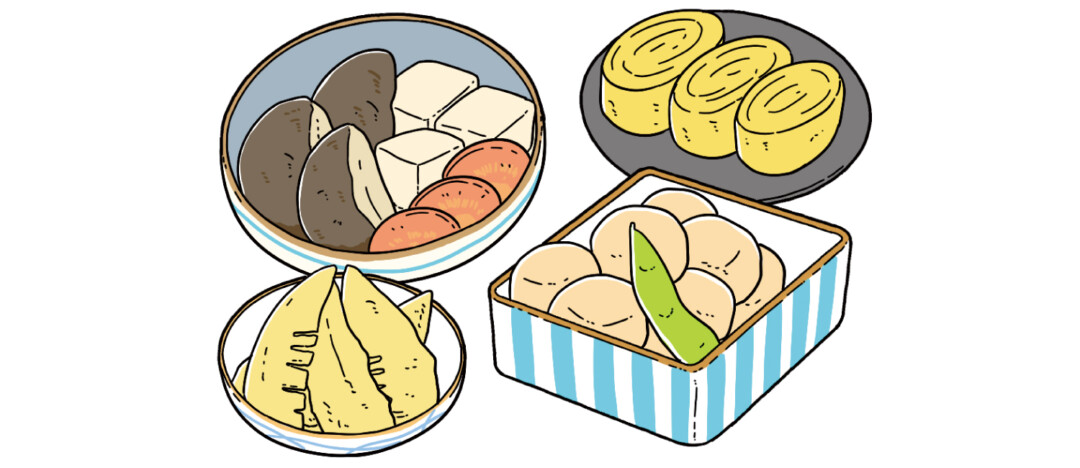
Obanzai cuisine is a traditional household cuisine that has been handed down from generation to generation in Kyoto. This style of cuisine comprises side dishes with a focus on seasonal, local Kyoto vegetables as the main ingredients. As mothers prepare these dishes, they think of the health and wellbeing of their families, while striving to reduce food waste. Using dashi (Japanese stock) based on kombu (kelp) and katsuobushi (shaved dried bonito), these dishes are typically simple, featuring recipes such as nimono (simmered dishes), aemono(dressed dishes), and ohitashi (blanched greens). Recently, amidst growing interest in experiencing this unique local cuisine among visitors to Kyoto, many restaurants have started to prominently feature obanzai dishes on their menus.
Born from the wisdom of Kyoto people “Sabazushi”
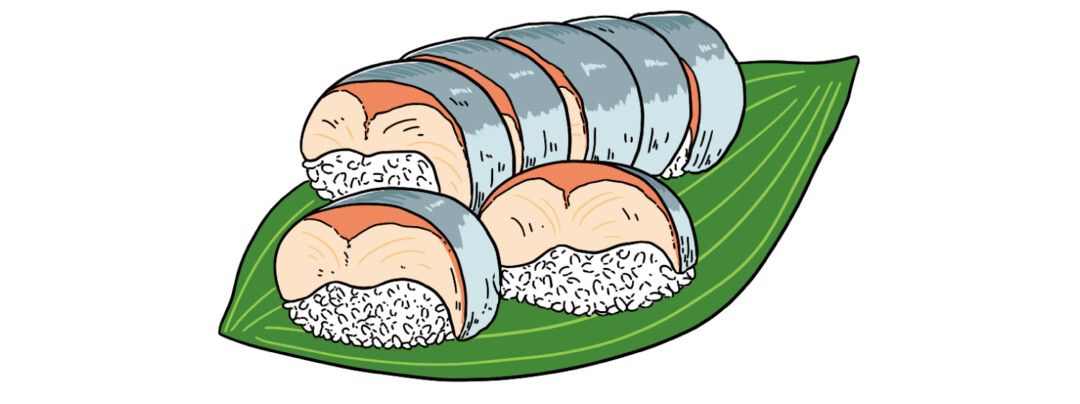
Sabazushi(mackerel sushi) was first made in the Edo period (1603-1867). Saba (mackerel) caught in Wakasa Bay, which faces Fukui Prefecture, was sent along the “Saba Kaido” (“Mackerel Road”) which connected to Kyoto, the home of the Imperial Court. To prevent spoilage, the mackerel was salted prior to shipping. By the time it arrived in Kyoto two or three days later, the mackerel was perfectly seasoned, and became the key ingredient for sabazushi. In Kyoto, there is a lasting tradition of making plentiful sabazushi to give to relatives during major festival seasons.
Nutritional food in the Edo period “Nishin soba”
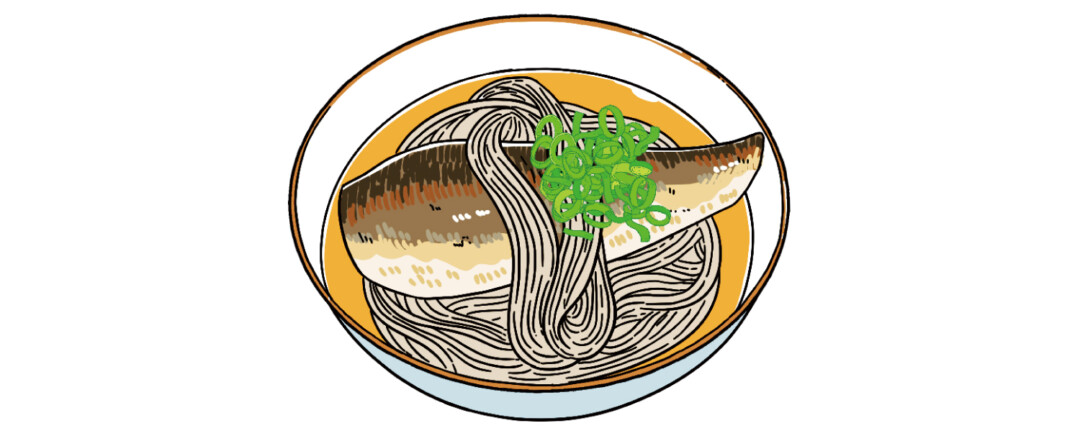
During the seventeenth century, in the early stages of Japan’s Edo period (1603-1867), the establishment of the Matsumae Domain in Hokkaido led to distribution of nishin (herring) to Kyoto. As refrigeration technology was not yet available, the herring were cleaned of innards and dried. This style of dried herring, known as migaki nishin, became a favorite. Later, during the Meiji period (1868-1912), as herring catches reached their peak, nishin soba (soba noodles with herring) was introduced by soba restaurants in Kyoto.
This dish features soba noodles served hot in broth, topped with migaki nishin kanroni (dried herring simmered in soy sauce, sugar, and sake) and garnished with Kujo Spring Onion. The broth is kelp-based and seasoned with light soy sauce.
Bring out the best of tofu flavor “Yudofu”
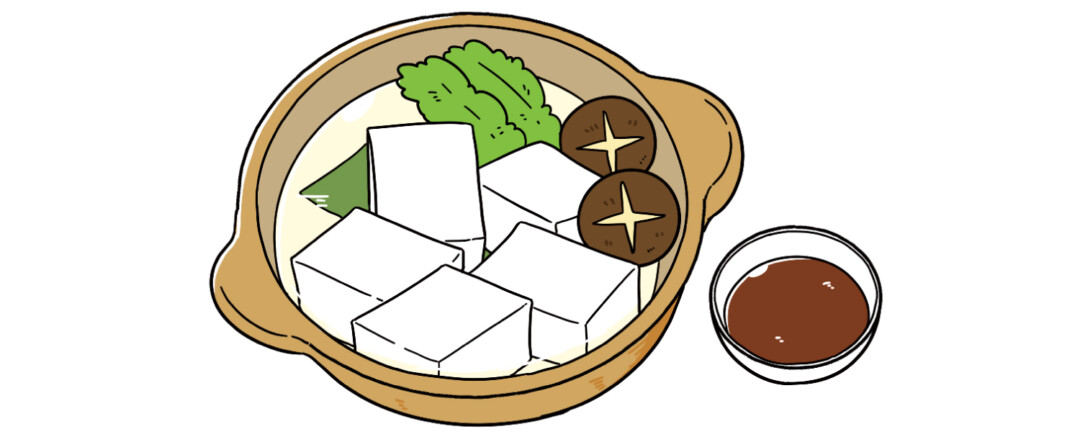
Kyoto is blessed with excellent groundwater, and is a point of production for soybeans, factors which have given rise to an abundant tofu industry. The dish of yudofu (simmered tofu) quickly became a local favorite when it was served in front of major temples such as Tenryu-ji and Nanzen-ji.
Yudofu is very simple to prepare. First, cut tofu into bite-size pieces, then place into a pot lined with kombu (kelp). Add water, and put on the heat. Once the tofu begins to lightly tremble in the simmering broth, it is ready to serve. To enjoy, dip into your choice of seasonings, such as nama shoyu (unpasteurized soy sauce), Tosa shoyu (Tosa soy sauce), mokusaku (wood vinegar), and ponzu (citrus soy sauce).
Still alive in Japanese life since the Kamakura period “Matcha”
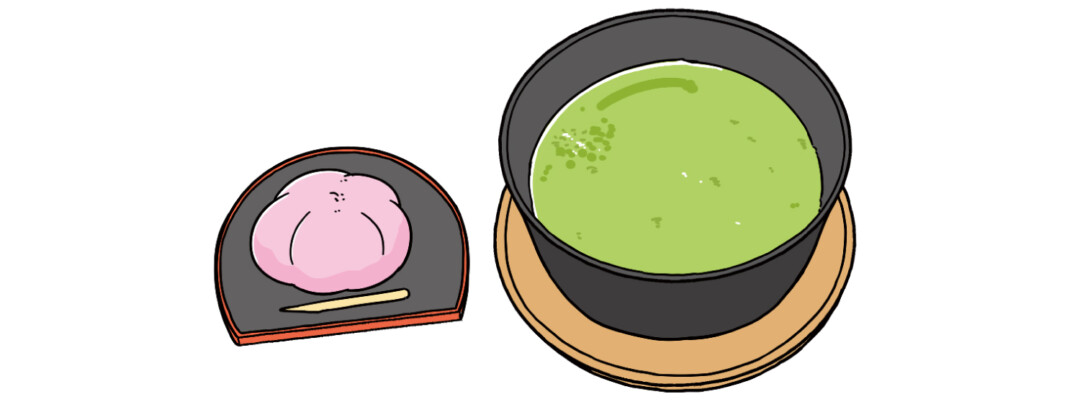
The foundations of Japan’s tradition of sado (tea ceremony) were laid in the Kamakura period (1185-1333). It is said that the Buddhist monk Eisai brought tea seeds from China, introducing tea culture, including the custom of enjoying matcha (powdered green tea) to Japan. Around that time, Myoe, a monk from Kyoto, began major tea cultivation efforts in Uji, Kyoto. Later, tea ceremonies became fashionable among court nobles and samurai, encouraging tea culture to spread throughout Japan. The tradition of matcha may be associated with solemn images of rigid chashitsu (tearoom) etiquette, but its wonderful flavor may be casually enjoyed in different ways, such as a wide variety of sweets.
Are there many “kotteri” person in Kyoto? “Kyoto ramen”

Kyoto cuisine is generally regarded for its light seasoning and delicate flavors, so you might be surprised that Kyoto is also renowned for some of the nation’s richest, most intensely flavored ramen dishes. Such ramen is called “kotteri” in Japan. The exact type of soup varies from restaurant to restaurant, but the most popular Kyoto style soup is based on torigara (chicken broth) with a rich shoyu (soy sauce) seasoning. Kyoto ramen can broadly be classified into three types: torigara seabura (chicken broth with pork back fat), noko shoyu (rich soy sauce), and tori paitan (thick, opaque white chicken broth). Each of these soups are rich, and are matched with thin, straight noodles. The quintessential topping is Kujo Spring Onion.
*The information is based on the time of reporting or creation, and may differ from the current situation.
share:










